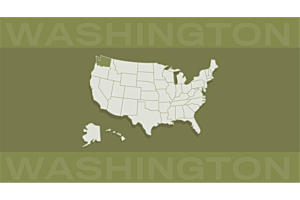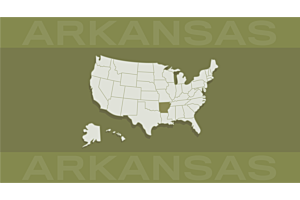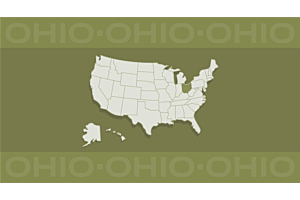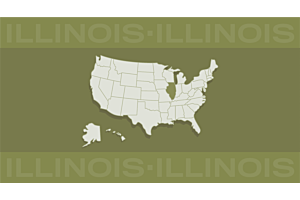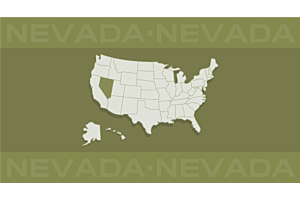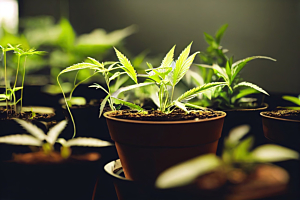Contents
Things to consider before growing marijuana outdoors
Step-by-step guide on how to grow weed outdoors
FAQs about outdoor marijuana growing
Are you interested in growing outdoor weed? Whether you’re a smoker or grower of cannabis, knowing the difference between indoor and outdoor weed is essential.
Both options can produce fantastic plants with impressive yields, and understanding what’s best for each type helps improve final results.
This article will discuss all you need to know about outdoor weed. From seed to harvest, we look at every aspect of outdoor cannabis cultivation.
Let’s take a deep dive into the world of outdoor marijuana growing.
Indoor vs. outdoor
The main difference between outdoor and indoor cultivation is control. With the latter, thanks to modern technology, you can oversee each factor of the environment. On the other hand, outdoor cultivators allow mother nature to make the calls.
Another apparent difference between the two is size. Due to no restrictions, outdoor plants can grow into monsters, while indoor cannabis stays between 2–4 feet.
Outdoor plants typically produce bigger yields, while indoor harvests are smaller but more frequent as the growing process is under total control.
Which type of weed offers the better high? The answer isn't straightforward. Some smokers swear by outdoor, while others favor indoor weed. It all comes down to three things: the skill of the grower, the strain genetics, and the THC content.
Benefits of growing outdoors
Let’s take a look at the pros of growing outdoor weed:
- It’s cost-effective. Outdoor grows have significantly lower setup and running costs than indoor ones due to not needing major technical equipment.
- An ideal climate is all you need for a successful grow. A location with plenty of sunlight, nutrient-rich soil, and sufficient water is a perfect foundation for success.
- Bigger harvests. Due to the lack of restrictions, outdoor plants typically produce sizable yields.
- Cheaper and easier to maintain. Due to not needing specialized equipment, outdoor weed growing is less harsh on the environment (and your wallet) and much more sustainable.
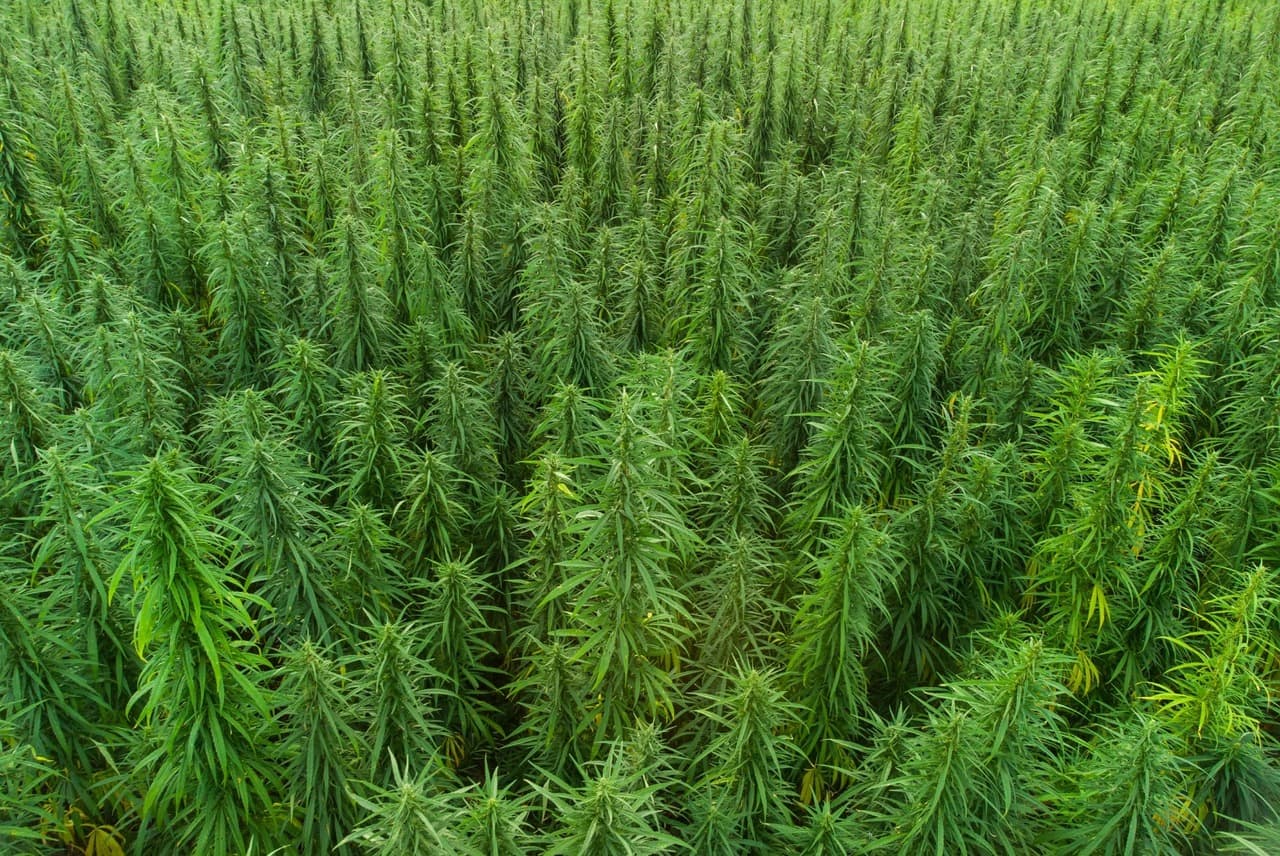
Things to consider before growing marijuana outdoors
Growing outdoors is more than just planting cannabis seeds in the ground. There are several factors to consider before getting started.
Let's break them down.
Temperature
The ideal temperature for marijuana growth is between 75–85°F. Temperatures over 88°F and below 60°F affect your plants negatively and can slow development. Keeping track of the weather helps prepare you for sudden changes affecting your plants.
An outdoor growing calendar is an excellent way to monitor and track temperature and climate changes.
Light
Light exposure is one of the most important aspects to consider to grow good outdoor weed.
When starting your seedlings, the ideal light exposure for cannabis is 18+ hours a day. When daylight reaches less than 12 hours, your vegging crops will naturally move into the flowering stage.
Marijuana is a photoperiod plant that begins to flower when the days get shorter and the nights longer. Non-photoperiod crops enter the blooming stage automatically regardless of the light schedule.
Always remember the more prolonged the vegetative state, the bigger the plant.
Soil
When growing an outdoor weed plant, careful consideration needs to go into your soil type. The ideal substrate should be light, rich in nutrients, and loamy.
Soil for outdoor growing should be able to retain water yet also allow for excess drainage. The pH should be around six and slightly acidic.
If you’re an experienced grower, you might make your own substrate. An organic potting soil mix purchased from a garden center is also suitable and saves you time.
Nutrients
Nutrients are food for your plants. Like humans, cannabis crops need specific minerals for healthy development.
There are two kinds of nutrients to consider: organic and synthetic fertilizers. Both give your plants all they need for healthy growth and offer successful harvests when used correctly.
With synthetic fertilizers, the required nutrients are available for immediate uptake. As a result, you need to watch for stress or burn on your marijuana plants. If you follow the instructions and gradually increase your fertilizers, your crops should thrive.
Organic nutrients have slower uptake but are more environmentally friendly. They’re naturally produced using minerals such as limestone, plant substances, and animal waste, which aid in achieving healthy and robust cannabis crops.
Water
When it comes to watering cannabis plants, there isn't a set rule. Instead, it depends on the environment, the strain, and your setup when growing weed outdoors.
A general rule of thumb is to water if the soil is dry by a few inches (you can test this by sticking your finger into the ground). Generally, this process happens every 2–3 days.
Every grow op is different, so check your plants daily until you establish a routine that works for you and them.
Testing the pH of your water is important. Optimal levels are between 5.5–6, as cannabis plants prefer a more acidic root zone.
When using council water, dechlorinate or leave it to stand for at least 24 hours before use. Doing so allows the chlorine to dissipate from the H2O, providing happier soil and better results.
Security
Protecting your outdoor grow from external influences is essential. Wild animals, pets, pests, and nosy humans are the main things you need to shield your plants from.
A sturdy, meshed fence is a great way to keep your crops safe and stops most animals from visiting.
Outdoor grows attract pests. Having suitable pest control measures is best for preventing infestations. Adding companion plants and herbs like basil, dill, and lavender in and amongst your cannabis crops helps keep them away.
Keeping your marijuana plants safe from humans can be difficult. Installing security cameras around your crops can help you keep an eye on them at all times. Growing discreetly always helps to keep unwanted visitors at bay.
Tips
Here are our top tips on how to grow the best outdoor weed:
- Have a plan. Before planting, set up your space, prepare your soil and water, and choose a strain that’ll thrive in your environment.
- Use an outdoor grow calendar. Keeping track of the climate, light hours, and temperature ensures healthy plants and big yields.
- Invest time in your grow. Check in on your crops daily, taking the time to assess their health. Good nutrients and ample sunlight will make for happy plants.
- Understand your area’s cannabis cultivation laws. It’s essential to follow local legislation to avoid run-ins with the authorities.
Step-by-step guide on how to grow weed outdoors
Having a set plan helps make the process seem less daunting. Below, we've put together a step-by-step guide on cultivating cannabis outdoors.
Choose a location with good sunlight during the day
Adequate sunlight is one of the most important aspects to consider when it comes to outdoor weed growing. Ample light spurs growth and makes for happy plants, so select a location that receives maximum sunlight.
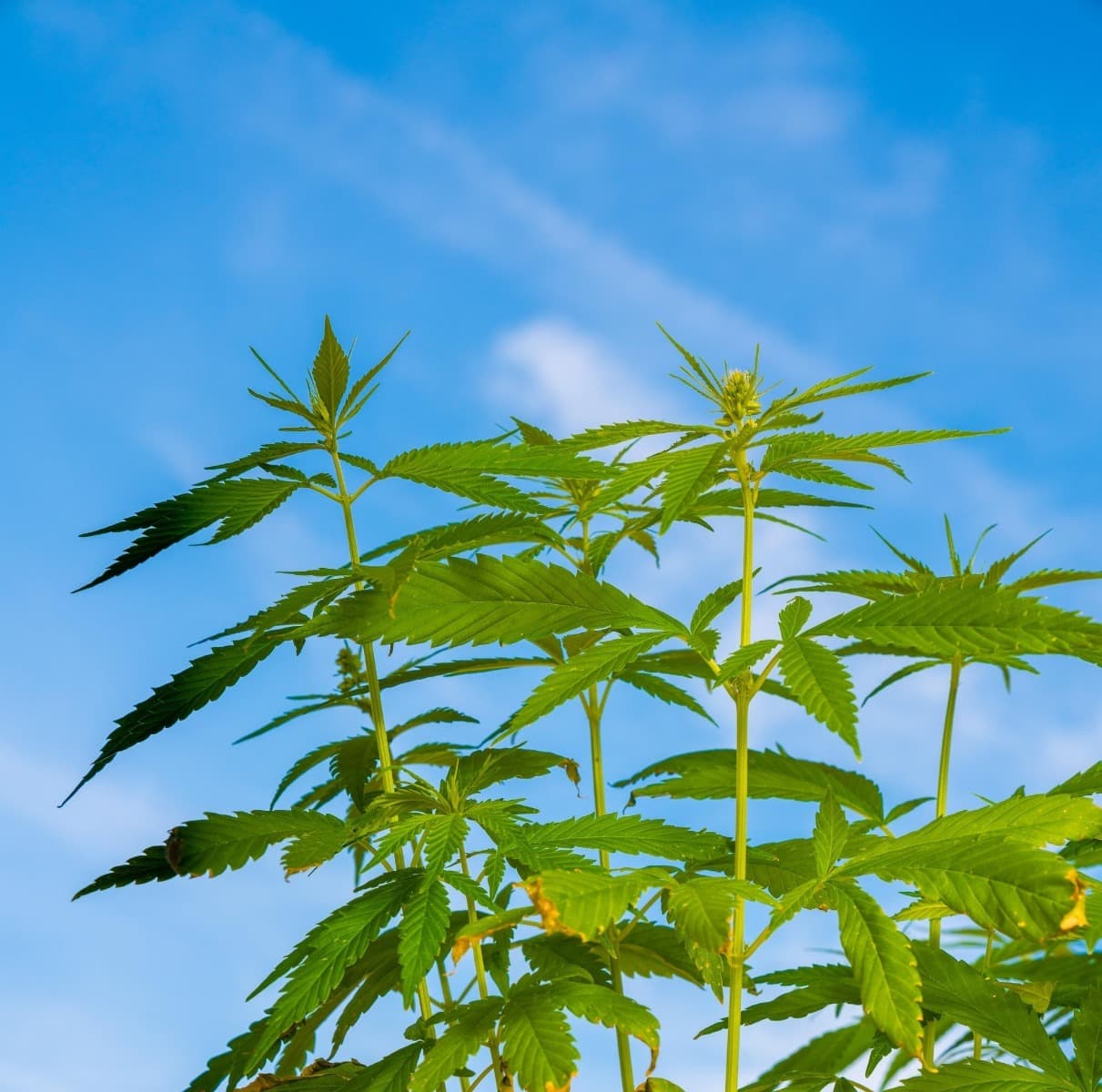
Prepare your soil
Once you decide whether to go the organic or hydroponic route, you can prepare your grow medium. Remember, if you choose the latter, soil rich in nutrients with excellent drainage capabilities is the goal.
Start your seeds or clones in pots
Starting your seeds in pots helps set up a strong, healthy root system and delivers all the water they need. Of course, they can survive in the ground, but starting in pots positively affects your plants’ long-term health. It also keeps them safe from threats during the early stages.

Move your pots outdoors
Gradually expose your plants to the outdoors while they’re in pots. It helps them get used to the elements and introduces them to life as outside crops. Move them inside if the weather gets too harsh.
Transplant your seedlings
The transplanting process allows the roots to spread out and become even stronger. The size of the container determines your plant’s health and height. Undersized pots can stunt crop growth.
Always try to use a mycorrhiza product at each transplant interval, a fungus that helps to develop strong, healthy roots.
Usually, after 1–2 weeks in pots, the seedlings have germinated and are ready to be transplanted. Then, you can either relocate them into bigger pots, raised beds, or plant them directly into the ground.
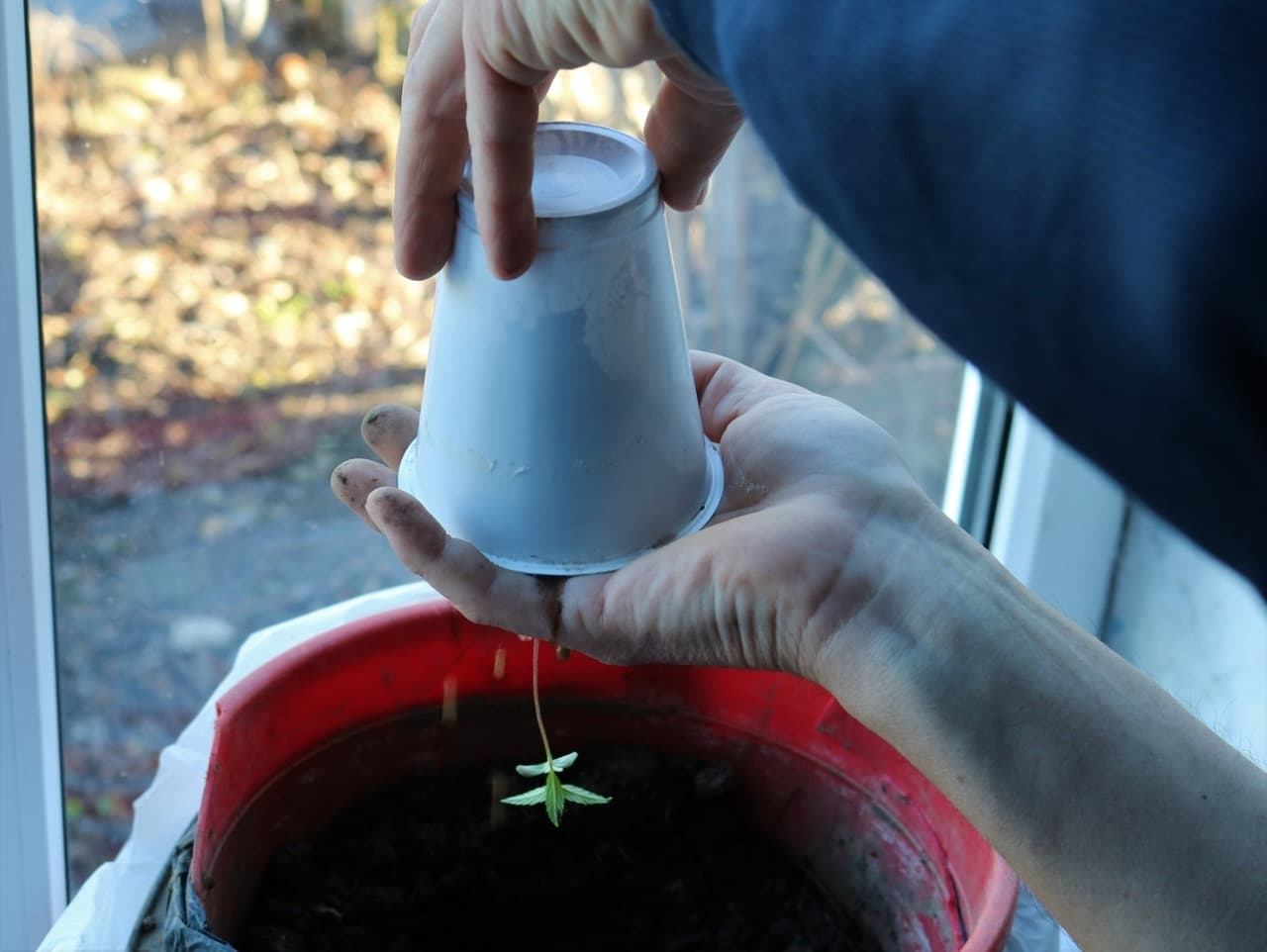
Protect your plants from the wind and harsh weather
The wind isn't a complete enemy of cannabis plants. With outdoor weed grows, a gentle breeze allows for gas exchange which benefits your crops. Even a slightly stronger draft that puts stress and strain on a stem encourages your plants to become more robust.
A strong, vigorous wind can cause significant damage, such as breakage, windburn, or even uproot them. Protection is vital if these weather patterns are common in your area.
Try to place your plants in a sheltered area that naturally shields them from harsh weather. Polytunnels and greenhouses are a great way to protect your plants while still keeping them outdoors.
Water your plants
Watering your plants is vital to their survival. Finding a good routine comes with time as you learn more about your plants and soil science. Always test the pH before watering to ensure the levels are in check.
If you do a guerilla grow and live in a dry climate, it’s an excellent idea to plant your crops near a suitable water source to make the process easier.
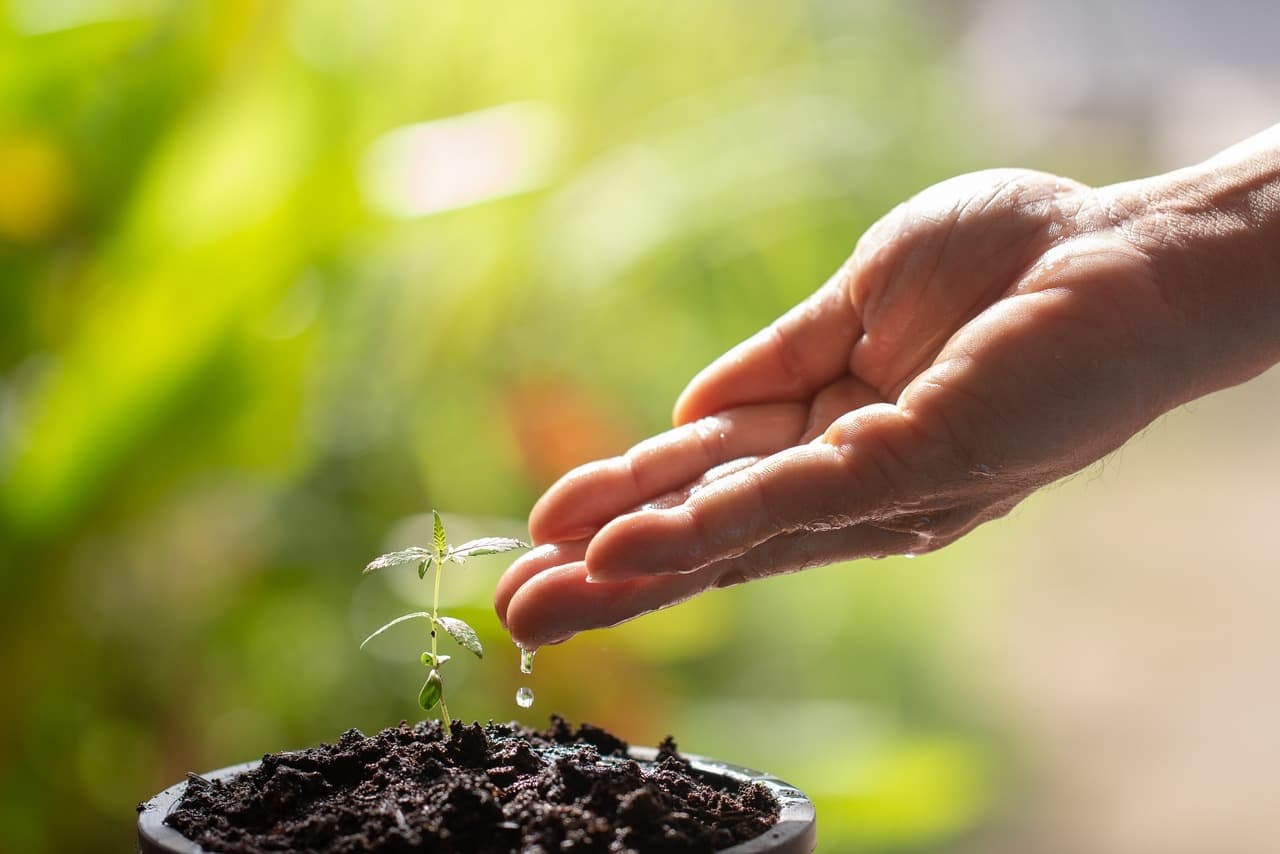
Add fertilizer
The primary nutrients that need to be present in your fertilizer are nitrogen (N), phosphorus (P), and potassium (K). During the vegetative stage, your feed should consist of high nitrogen, moderate potassium, and a low phosphorus ratio.
Enhance your soil with nutrients by top-dressing it. As you water, these minerals will seep into the root zone and break down for the plant’s uptake.
With a hydroponic system, the most common form of feeding is adding fertilizers to the water. These become immediately available to your plants for uptake.
Prune your plants
Pruning your plants helps encourage new growth, promotes new bud sites, and increases yields. Avoid this technique during flowering and only trim your crops during the vegetative stage.
The only pruning recommended during flowering is ridding your plants of the dead, damaged, or diseased plant tissue.
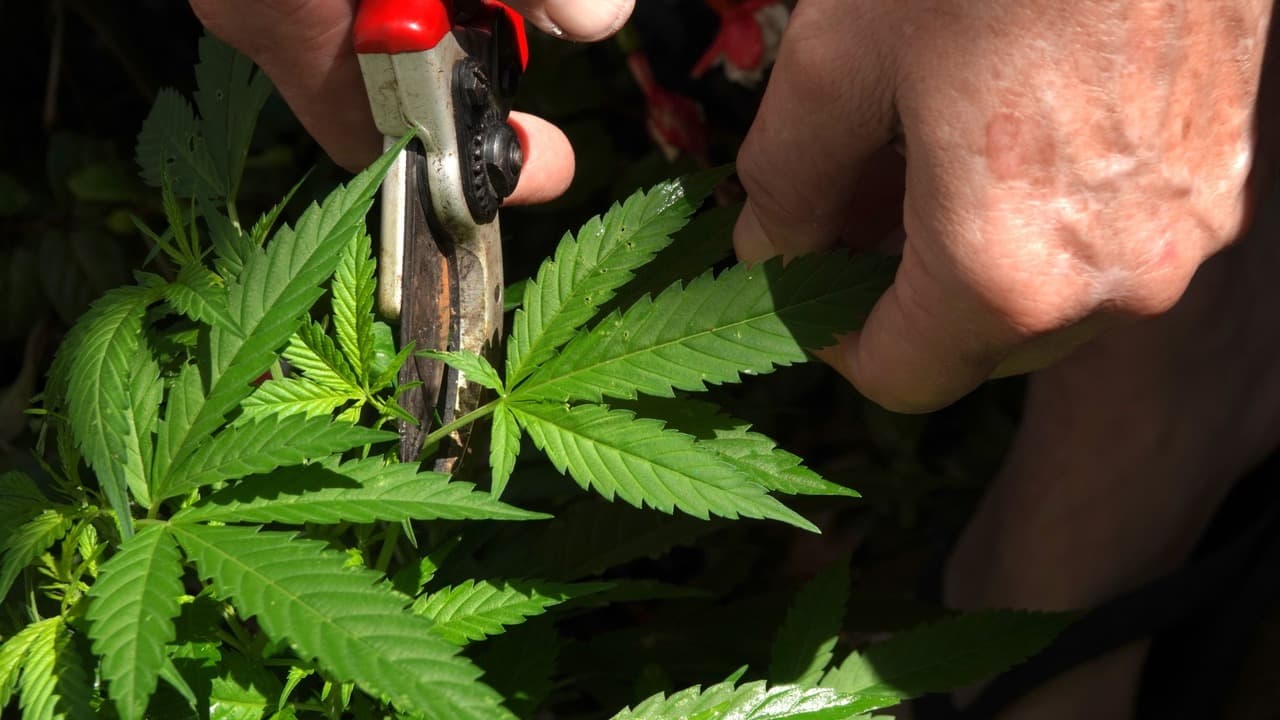
Prevent pests
When growing outdoor weed, the most effective way to prevent pests is to plant companion crops in and amongst your cannabis. They ward off most unwanted critters and keep your plants safe from infestation.
Other safeguarding measures include neem oil, yellow sticky traps, or netting.
Harvesting
Preparing your drying space pre-harvest is a great outdoor weed-growing tip. This area is usually indoors with adequate ventilation and darkness. Ready your pruning scissors and keep rubbing alcohol handy to clean the sticky resin off your tools.
Deciding on a wet or dry trim is essential. Research these techniques and see which would best suit your style. Harvesting can be a lengthy procedure with some unexpected changes. Invest some time into the drying and curing process for high-quality yields.
FAQs about outdoor marijuana growing
Do you still have some questions? Below we've answered some queries you may still have about growing outdoor weed.
How can I grow marijuana outdoors during winter?
Cultivating cannabis in winter, although not ideal, is impossible, provided your winters are relatively mild. Here are some growing weed outdoors tips for winter:
- Consider using autoflower seeds rather than photoperiod strains. Non-photoperiod crops flower automatically based on age rather than on light exposure.
- Winter cannabis strains have a better chance of surviving in colder climates.
- Start your plants indoors, as cannabis seedlings are fragile and not likely to survive winter outdoors.
- Keep a close eye on the temperature. Although cannabis plants are hardy, extreme cold could kill your crops. Consider bringing them inside if the temperature falls below 60°F.
Garden beds or pots?
It comes down to personal preference, your growing style, and precisely what you want from your grow. Both are perfectly viable options for cannabis plants.
Garden beds provide a bigger space for roots to stretch out. If you’re looking to maximize your plant size, garden beds are for you. Pots allow you to move your crops quickly and protect them from external influences.
In which states is it legal to grow marijuana outdoors?
Some states allow for medical and recreational cannabis cultivation, while others only permit the former.
States that allow recreational growing include Alaska, Arizona, California, Colorado, Hawaii, Illinois, Maine, Massachusetts, Michigan, Missouri, Montana, Nevada, New Mexico, Oklahoma, Oregon, Rhode Island, Vermont, Washington, and Washington, D.C.
Happy growing
Starting your own outdoor grow is an exciting adventure. It’s a journey that offers many learning opportunities and generous rewards.
Follow our step-by-step cultivation guide and use our tips to start growing outdoor weed. With quality, nutrient-rich soil, good water, and maximum sunlight exposure, your ganja garden is well on its way to being a success.
For an unrivaled selection of premium cannabis strains, check out our large variety of outdoor marijuana seeds for sale.

